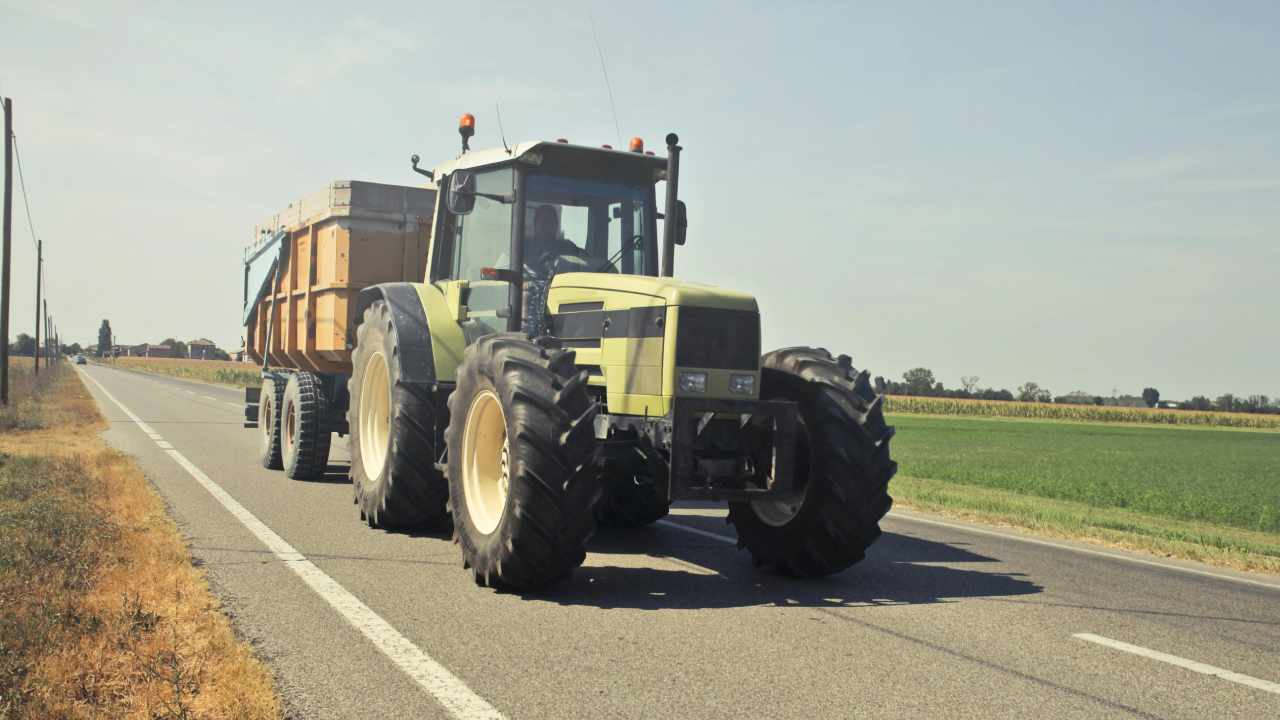Keeping your tractor in top shape is essential for smooth farm operations and efficient work all year round. Yet, as reliable as tractors are, they can encounter common issues that slow down your productivity or worse, halt operations entirely. Recognizing these problems early and knowing how to address them can save you significant time and costs.
Whether you’re a seasoned farmer, an agricultural equipment owner, or a hands-on DIY enthusiast, this guide will walk you through common tractor problems, offer step-by-step solutions, and help you decide when it’s time to call in the professionals. You’ll also pick up valuable maintenance tips to keep your tractor running like new.
Understanding Common Tractor Problems
Tractors are durable machines, but even the best models face issues after extended use. Here’s a look at some of the most common problems and the warning signs to watch for.
1. Engine Malfunctions
Signs: Difficulty starting, loss of power, frequent stalling, or black exhaust smoke.
Why it Happens: Engine issues often stem from fuel problems, clogged filters, or overheating. Over time, wear and tear on components like pistons or spark plugs can also lead to engine failure.
2. Transmission Problems
Signs: Difficulty shifting gears, grinding noises, or sluggish movement.
Why it Happens: These problems often result from worn-out clutch discs, low transmission fluid levels, or improper maintenance of the transmission system.
3. Electrical Issues
Signs: Dead battery, failure to start, flickering lights, or faulty switches.
Why it Happens: Electrical problems are common and usually caused by a drained battery, corroded terminals, or damaged wiring.
4. Hydraulic System Failures
Signs: Slow or unresponsive implements, fluid leaks, or a failure to lift equipment.
Why it Happens: Faulty hydraulic pumps, low fluid levels, or damaged hoses and seals are often to blame.
5. Overheating
Signs: Warning lights on the dashboard, steaming radiator, or loss of power.
Why it Happens: Overheating can result from insufficient coolant, broken fans, or clogged radiators.
By knowing these common issues and their symptoms, you’ll be better prepared to tackle repairs when they arise.
Step-by-Step Solutions for DIY Enthusiasts
Before getting started, always adhere to safety precautions like switching off the engine, parking on level ground, and wearing protective gear. Below are the steps to address specific tractor issues.
Fixing Engine Malfunctions
- Inspect the Fuel System
- Check for dirty or clogged fuel filters and replace them if needed.
- Ensure the fuel is clean and free from water contamination.
- Clean the Air Filter
- A blocked air filter can affect combustion. Clean or replace it according to your tractor’s manual.
- Examine the Spark Plugs
- Faulty spark plugs can affect ignition. Replace them if they are worn out.
Tools Needed: Wrenches, socket sets, replacement filters, fuel can.
Resolving Transmission Issues
- Check the Transmission Fluid
- Low or dirty fluid can cause gear-shifting problems. Top up or replace the fluid if necessary.
- Inspect Clutch Discs
- Worn-out clutch discs may need replacement to ensure smooth shifting.
- Look for Damage
- Examine the gears and linkages for wear and tear.
Tools Needed: Funnel, transmission fluid, mechanic gloves.
Tackling Electrical Problems
- Test the Battery
- Use a multimeter to ensure the battery holds a charge. Clean the terminals if corroded.
- Inspect Wiring
- Look for frayed wires or loose connections, and repair or replace as needed.
- Replace Fuses
- Blown fuses can cause electrical malfunctions. Check and replace damaged fuses.
Tools Needed: Multimeter, wire cutter, screwdriver.
Addressing Hydraulic System Failures
- Check Fluid Levels
- Low hydraulic fluid can cause malfunctions. Refill to the required level.
- Inspect Hoses
- Look for leaks or cracks in hydraulic hoses and replace them if necessary.
- Test the Pump
- If the pump isn’t functioning, consult your manual for replacement instructions.
Tools Needed: Hydraulic fluid, sealant tape, replacement hoses.
Cooling System Repairs for Overheating
- Flush the Radiator
- Remove blockages by flushing the radiator and refilling it with the right coolant.
- Inspect the Fan
- Damaged or broken cooling fans should be replaced immediately.
- Check the Thermostat
- A faulty thermostat can cause overheating. Replace it if malfunctioning.
Tools Needed: Coolant, thermostat, flush kit, gloves.
When to Call a Professional
While DIY repairs can be highly rewarding, some problems are best left to the experts to avoid inadvertently causing more damage. Contact a professional if you encounter difficulties like these:
- Persistent engine or hydraulic system failures despite repairs.
- Transmission problems that don’t resolve after refilling fluid or replacing clutch discs.
- Electrical issues involving complex wiring or computer systems in advanced tractors.
- Structural problems such as bent frames or major wear in key components.
Seeking professional help early can save money in the long run by preventing further damage.
Preventive Maintenance Tips
The best way to minimize tractor troubles is through preventive maintenance. Here’s how to keep your machine in peak condition.
- Regular Fluid Checks
- Monitor engine oil, transmission fluid, and hydraulic fluid levels frequently.
- Inspect and Clean Your Tractor Regularly
- Remove dirt, debris, and crop residues to prevent wear and blockages.
- Store Properly
- Keep your tractor in a dry, covered space to prevent rust and weather damage.
- Check Tire Pressure
- Ensure tires are properly inflated to avoid uneven wear and improve efficiency.
- Follow the Manual
- Adhere to the maintenance schedule outlined in your tractor’s manual for the best results.
By staying on top of these tasks, you can extend the lifespan of your tractor and avoid costly downtime.
Ensure Your Tractor Works as Hard as You Do
Maintaining a tractor doesn’t have to be daunting if you know what to watch for and how to address problems as they arise. With some care, diligence, and the DIY tips shared above, you can enhance your tractor’s performance and reliability for years to come.
If you’ve faced any of the issues mentioned or have other tips to share, we’d love to hear from you in the comments below. Got questions? Drop them in too! Your insight and experience can help fellow farmers and enthusiasts in the community.
Happy farming!


